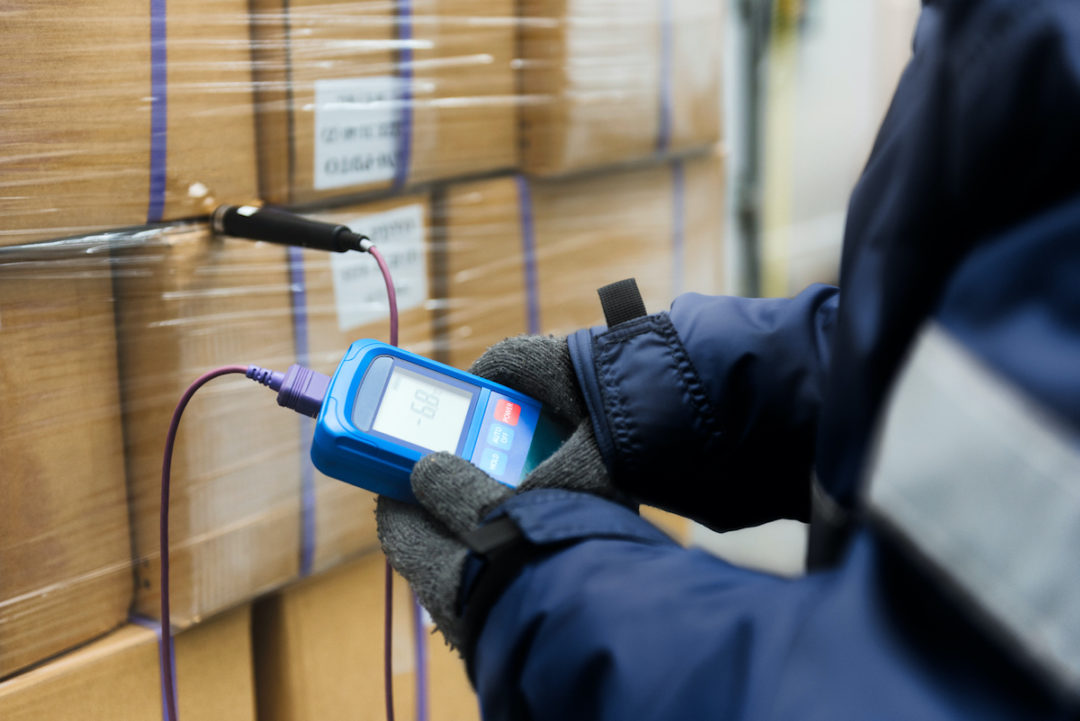
In manufacturing, the proper handling, storage and distribution of products are essential in maintaining product quality, freshness and safety. Just one mistake in the process can lead to significant consequences, including serious health risks to consumers.
Regulations establishing standards and guidelines for manufacturing place a considerable amount of pressure on food distributors to ensure compliance. As consumer demand for cold and frozen products continues to rise, distributors are further challenged by the need to equip warehouses with low ambient temperatures. The same requirement holds true for pharmaceutical and chemical manufacturers.
Cold-storage operators today are looking for sustainable, long-term investments that can satisfy changing consumer demands, while complying with strict regulations. Automation is playing a key role in making that possible. Following are the benefits to be derived from adopting modern-day technology.
Scalability
There are many ways to configure automation within a small footprint, enabling warehouses and distribution centers to utilize every inch of a facility. Small load storage systems, combined with compact, foldable or collapsible shelving units that accommodate a variety of load sizes and racks, are just a few examples of solutions that help free facilities from capacity constraints.
Additionally, by adopting a scalable system, distributors can adjust to surges in demand for temperate-controlled storage of frozen and refrigerated products. During the summer months, for example, demand for hot dogs and hamburgers increases significantly. And in the winter, when germs spread more easily, there’s an increased need for vaccines. With the help of automated systems, distributors can respond efficiently to changes in order volume and product diversity.
Traceability
The food industry faces a unique set of challenges, including multiple temperature-control requirements for perishable goods, and the need for precise item tracking to comply with regulations and safety guidelines. FDA’s Food Safety Modernization Act, for one, requires track-and-trace documentation in the event of product recalls, misbranding foodborne pathogens, and foreign matter contamination. Helping companies to meet those mandates is a warehouse management system (WMS), which keeps track of products and SKUs from the moment they enter the DC to the time they leave.
With the ability to track sell-by-dates, serial numbers, SKUs and more, a WMS not only can assist after a recall takes place, but can help prevent one in the first place. By digesting vast amounts of data, it provides a real-time, holistic view of all inventory within the warehouse, including skid rotation and just-in-time docking. Inventory-management and automated material-handling systems maintain real-time visibility of operations. In the process, distributors can optimize stock levels, reduce carrying costs and minimize the risk of stockouts and overstocks.
Agility
Order fulfillment is the most crucial step in getting the right products to the right customers on time, and an automated product handling system plays a pivotal role in achieving that objective. Automated guided vehicles and robotic systems can easily navigate through warehouse aisles, picking items from shelves and transporting them to designated picking stations.
In addition, automated warehouse systems generate vast amounts of data each day, more than a human could possibly interpret. With warehouse management and material flow systems alongside automation, distributors can collect, analyze and utilize data to make informed decisions. By embracing a data-driven approach, they can identify areas for improvement and drive continuous optimization.
Sustainability
The logistics industry has been widely condemned for its contributions to greenhouse gas emissions and the burning of fossil fuels. Leading the effort to address the problem is automation, which enables real-time monitoring and intelligent control of energy consumption. Equipped with comprehensive monitoring capabilities, companies can track industrial emissions and comply with environmental regulations.
Moreover, with help from robotics and artificial intelligence, manufacturers and distributors can optimize material usage, reduce waste and boost energy efficiency. The deployment of electric vehicles further reduces carbon emissions and improved traffic flow.
As automation continues to transform cold storage, warehouses and distributors need to think innovatively and adapt. With the right solutions, distributors can benefit from reduced manual labor and errors, streamlined workflows and overall cost savings. Further, automated material handling systems contribute to a safer and more productive work environment. The adoption of automated product-handling systems is a strategic imperative for retailers today. As the e-commerce landscape expands and evolves, companies must turn to emerging storage technologies to remain competitive in the extended retail supply chain.
Damaris Grütter is director of U.S. and Canada with Stoecklin Logistics.







